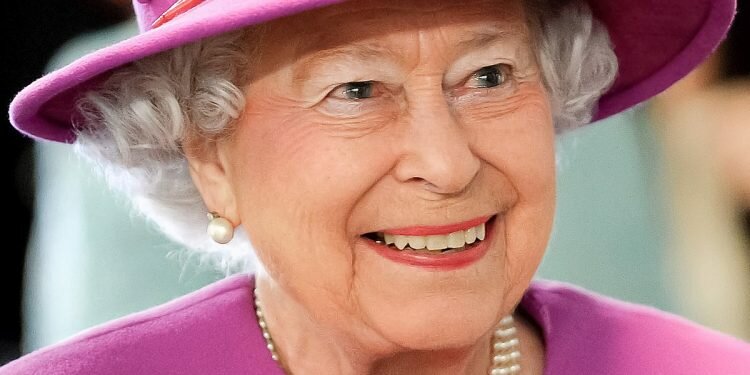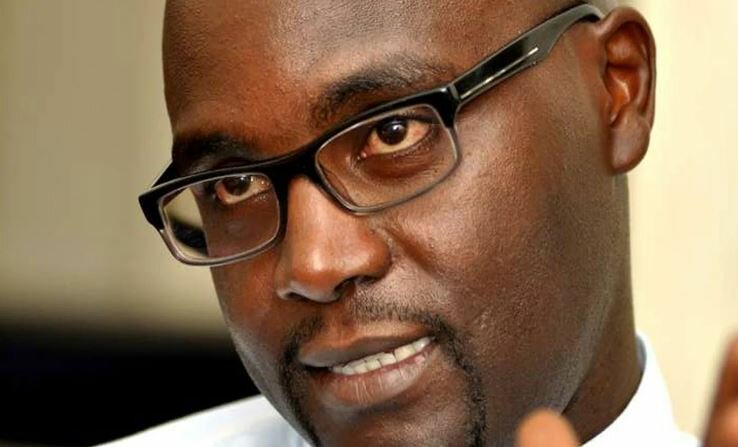Kenya’s ICT sector has grown an average of 10.8% annually since 2016 with 93.4% of public primary schools now covered by the Digital Learning Program.
As a result, over 22,000 public schools within the country have benefited from over 1.2 million devices.
This goes to show that the production and use of electronic equipment in the education sector continues to grow. By the end of 2021, the country’s ICT sector was expected to account for up to 8% of the country’s GDP and generate more than a quarter of a million opportunities for employment.
Additionally, this shows how e-waste is becoming the country’s and world’s fastest domestic waste stream owing to high consumption rates of electronic equipment, short life spans, and a lack of repair options.
According to the United Nations’ Global E-waste Monitor 2020, the country is grappling with the production of an average of over 3,000 tons of e-waste per year from electronic devices such as computers, monitors, printers, and mobile phones, to name a few.
Regrettably, due to a lack of e-waste knowledge, as well as poor separation and disposal methods, the situation is not improving.
The ICT Authority (ICTA) recognizes this and through DLP have found opportunities to combat e-waste in public schools.
ICTA, through the University of Nairobi, JKUAT and Moi universities, is supporting about 55 small and medium enterprises (SMEs) in the collection and recycling of electronic waste (E-Waste) from DLP.
Acting CEO of ICTA, Dr Kipronoh Ronoh, stated that during the program’s inception, the handling of e-waste generated by schools was included.
“We have noted e-waste challenges, and the distribution of over 1.2 million devices to various schools across the country appears to be a bit much to add to the already existing e-waste problem. As a result, during the program’s design, we developed a component to address the issue generated by the project into the environment,” Dr Kiprono explained.
“The government, in collaboration with the three universities, developed an e-waste model that has resulted in the employment of the aforementioned SMEs who are ensuring that when the gadgets are broken, they are dropped at specific e-waste centres for recycling under the computer for schools,” he explained.
“To address issues of breakage and faulty devices, we also have a team of 189 technical staff and interns across the country to help with fixing the appliances before they become obsolete,” Dr Kiprono noted.
Furthermore, the Ministry of Education, in collaboration with the Ministry of Environment, is implementing the ‘One Tree by Device’ initiative, which works with schools that have received digital devices to plant trees equal to the number of devices received through the program.
Dr Kiprono stated that as part of the initiative, some schools have adopted tree planting to help contribute to the 10% forest cover goal for a more sustainable and climate-friendly environment, as well as to receive benefits for greenhouse gas mitigation.






